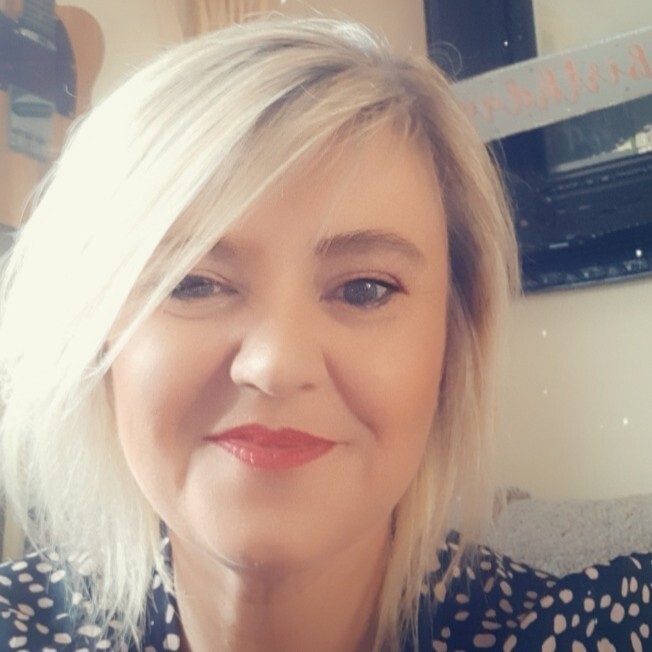
Last updated 10 June 2022 ·

OKRs, Objectives and Key Results provide an effective way to set and track your goals, whether personal, professional or business-focused. OKRs have seen a surge in popularity in the last few years, but many people still don’t understand how they work or how to implement them properly in their organisations. This article explains what OKRs are and how to create OKRs, including examples of three growth-focused OKRs that you can adapt to your own life.
What does OKR stand for?
OKR stands for Objectives and Key Results, which is a goal-setting methodology used by any organisation, team or individual who wants to clearly define their goals and create actionable steps to achieve them. The method was first introduced in 1996 by Intel’s Andy Grove. Since then, it has been adopted by several large companies, including Google, LinkedIn and Salesforce. The concept behind OKRs is simple: set objectives for your business and your team (or yourself) at a corporate level and break these down into team goals with specific, measurable results attached to each objective.
What is an OKR
An OKR, Objective and Key Results, is a goal-setting method employed by individuals and companies. Intel created the most prevalent version based on Peter Drucker’s concept of Management by Objectives (MBO). The basic idea behind an objective is that it is quantifiable. For example, you might set a goal of increasing sales revenue by 15% over last year: that would be your objective. A key result is what you need to do in order to achieve your objective. To continue with this OKR example, we might say increasing the sales team headcount from 6 people to 8 people as one way we could achieve our goal. This way, each employee knows exactly what they need to do for their department or company to succeed in its objectives.
OKR Examples
OKRs tend to be growth-focused as they are associated with setting and achieving goals that will move a business or team forward. OKRs help clarify what you are trying to achieve, then define and split out the work that needs to be done. It brings important metrics into the mix for measurement.
Example 1: Personal Growth OKRs
Don’t let yourself get too comfortable. Push yourself to grow professionally, personally, and physically. Try personal goal setting with a new workout routine or budgeting app. We do our best work when challenged.
Objective 1: Lose weight and aim for a healthy BMI.
Key Result 1: Workout 4x per week (increase my current baseline of 3x per week) by December 31st.
Key Result 2: Eat 5xfruit & vegetables per day.
Example 2 - Professional Growth OKRs
To continue to grow in your professional life, you need to make sure you’re growing within your organisation. The best way to do that is by talking with your superiors and asking them for feedback. If you want to get promoted and move up the career ladder, you must know what your company values in leadership roles and take steps toward reaching those expectations. An OKR example which focuses on professional growth could look like this:
Objective: Step up to the leadership level and become the Head of People and Culture by the end of the year.
Key Result 1: Complete additional training to become more qualified by Q3.
Key Result 2: Take on other responsibilities throughout Q2 and Q3.
Key Result 3: Offer help to key stakeholders addressing broader business/leadership matters within Q3 and Q4.
Key Result 4: Research what is expected at that level and begin to embody those qualities.
Example 3 - Business Growth OKRs
OKR examples that focus on achieving business growth could look something like this:
Objective: Build out a stronger team by hiring more high-performance people.
Key Result 1: Advertise the key roles across multiple media to generate >50 high-quality applicants.
Key Result 2: Interview the ten strongest applicants for the roles.
Key Result 3: Appoint the three strongest candidates that meet the requirements.
Key Result 4: Create an effective employee onboarding programme, ready for new starter dates.
Key Result 5: Ensure a structured performance management system is in place, giving them the tools to perform well in their roles within the first month of starting.
Other OKR examples that focus on business growth could include increasing sales from £1 million to £2 million. Setting specific goals, such as ‘get a positive ROI on SEO campaign’ or ‘improve media coverage by 50%’, is an excellent way of increasing focus. These will give you clear targets and allow you to concentrate your efforts.
OKR Framework
The idea is to ensure everyone on your team is highly focused on clear, well-defined goals. An OKR represents an objective (goal) you want your team to achieve, along with key results that must be met for that goal to be deemed successful. The best way to do this is by introducing a standardised OKR framework that allows everyone to plan out their OKRs in the same format, all corresponding with the overall business level OKRs. Our 1-3-5® business planning framework provides precisely that.
OKR Template
To get started planning your OKRs using our award-winning 1-3-5® framework, we’ve created eight digital templates containing specific OKR examples for each of the prominent senior leadership roles within a business. This suite of templates also includes a health & fitness plan to help you set personal OKRs, as discussed above. You can download these templates for free.
Objectives and Key Results in action
OKRs are all about setting goals and evaluating results. The whole process is designed around creating an environment that encourages growth in individuals and teams, which means you have to be able to measure your progress.
At Facebook, Mark Zuckerberg set OKRs at launch (2007) with objectives like:
Make something more useful than Myspace and move fast, break things.
By using OKRs, Facebook has achieved incredible results by focusing on what matters most. Their focus on moving quickly and breaking things has enabled them to keep up with user demand and keep their costs low by cutting unnecessary features. It also helped them develop new products quickly without spending months building each one from scratch. Within five years, Facebook had 1 billion users and reached $1 billion in revenue faster than any company ever had before, proving real value in their approach.
If you are keen to get started with OKRs in your business, download our free OKR Builder™ today - it includes a step-by-step guide on how to write compelling OKRs that cascade seamlessly throughout your business.
For more information on Growth-focused OKRs, check out our blog helping new leaders make an immediate positive impact with OKRs.







